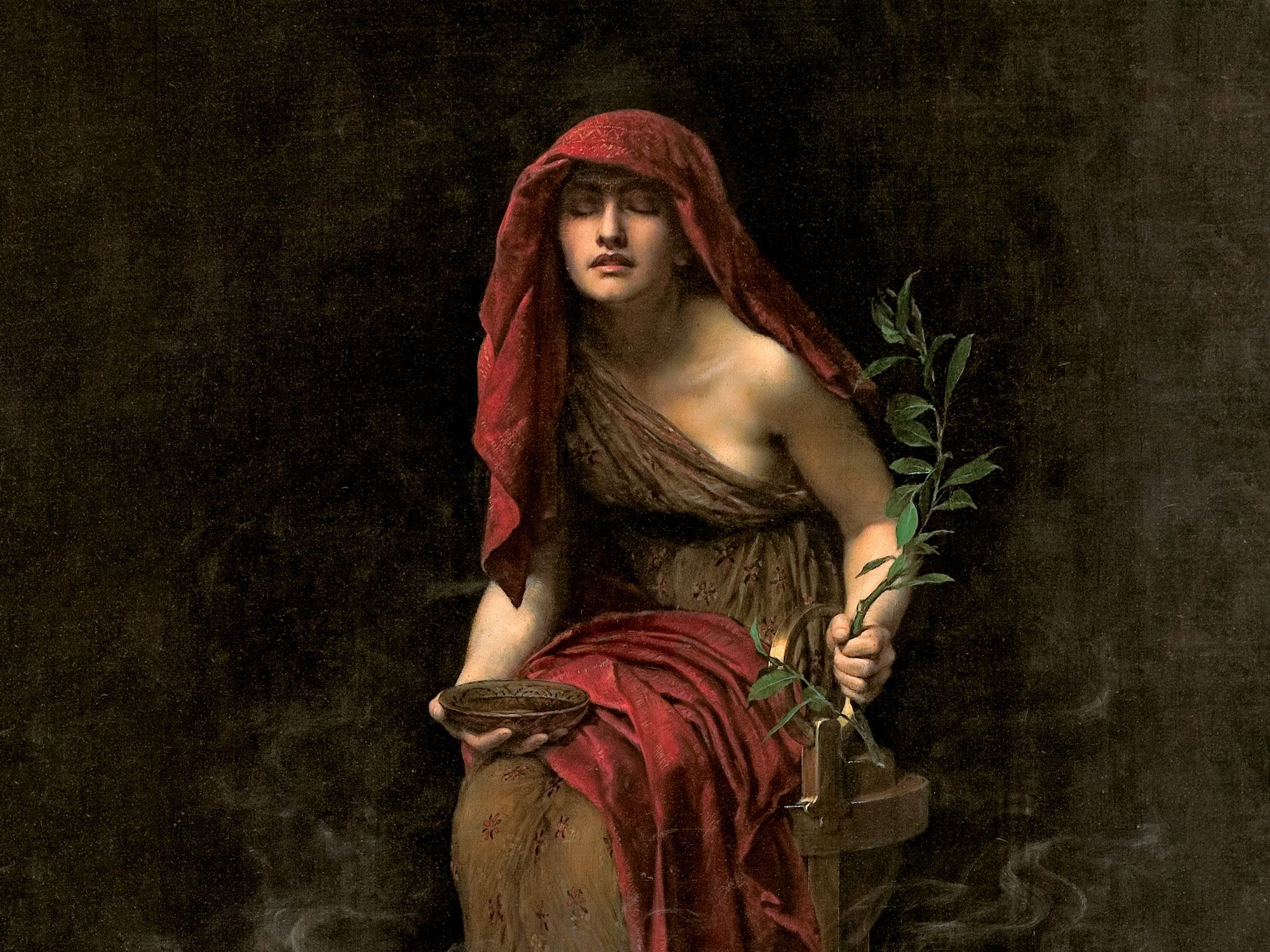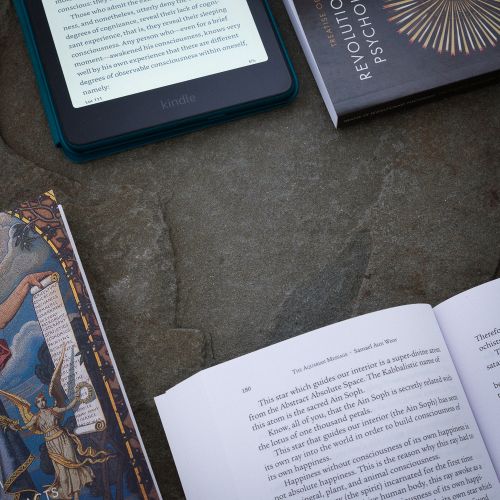
To Meditate is to See Images
If you cannot see internal images at will, then you do not know how to meditate.
If this statement surprises you, then please consider the roots of the word meditation.
The Source of Meditation
In all of the authentic Asian traditions, the word meditation comes from the Sanskrit word ध्यान dhyana. If you have heard of zen, ch'an, jhana, sampten, they call came from ध्यान dhyana.
The word dhyana literally means “meditation.” But this word is relatively recent. It was derived from an older word: धी dhi, “imagination,” the ability to see images internally.
And that word came from an even older word: ध्यै dhya, "to see, to look."
So, meditation (ध्यान dhyana) is to see (ध्यै dhya), by consciously using the power of the consciousness to see images internally, धी dhi.
Stated another way, if you want to see reality (ध्यै dhya), the truth of the causes of your suffering, then learn to use धी dhi, conscious imagination. That is meditation (ध्यान dhyana).
The Consciousness Sees Images
Our consciousness perceives. That is its function.
That is why all of the original methods of meditation are techniques of धी dhi, visualization: conscious imagination. This is not fantasy, but something else, that one must learn through training and practice.
Of course, people today have many different and quite contradictory ideas about meditation. Many reject visualization. Others use visualization only to project their desires, to fantasize. Both are mistaken.
The sad reality is that people today have been poorly informed, and even intentionally misled. This is why people today do not know how to actually meditate. They may be able to sit still, or concentrate a bit, but actual meditation still escapes them. They do not understand what meditation really is.
In real meditation, one consciously sees images, and controls that.
If when you sit to meditate you only see darkness, or are swarmed by chaotic thoughts, emotions, and sensations, or you only slip into fantasies, distractions, or dreams, then you do not know how to meditate.
In real meditation, one is not dreaming or fantasizing, but seeing reality internally, with internal senses, without the interference of our ego, pride, envy, lust, etc.
The Purpose of Meditation
Real meditation is a serene experience of conscious perception. It is not shocking, scary, dangerous, or even difficult. Rather, it is a natural ability of our consciousness.
Meditation is a state of consciousness that is free of thoughts or conceptualizations, yet sees images, and can deeply understand what it is directed towards.
The purpose of meditation is to acquire information that the external senses and the intellect cannot reach. It does this by internal perception.
Real meditation (ध्यान dhyana) is a state of internal perception (ध्यै dhya).
In the state of meditation, by reflecting on a problem or question, we can find reliable answers, insight, wisdom, guidance. This occurs not by thoughts, sensations, or impulses, but by seeing internally.
In the state of meditation, we can perceive what is hidden from the physical senses.
In all the most ancient meditation traditions, meditation is utilized as a method to solve problems, to investigate profound questions. It is not an intellectual process, but a process of visualization, conscious perception: seeing, but not with physical senses.
The buddha (or any great meditator) was not sitting still doing nothing, seeing nothing. He was investigating the causes of suffering by using his perception of internal images. This is true of all genuine masters: their primary means of investigation is perception of internal images in meditation.
Unfortunately, many people believe that if one sees images in meditation, that one should ignore them. While this may be true for beginners who are still developing concentration, it is not true of meditation itself.
In fact, dhyana is the moment where perception of internal imagery becomes vibrant, clear and steady. Dhyana is also the doorway to samadhi: conscious experience of reality. Dhyana is just a door to something greater.





